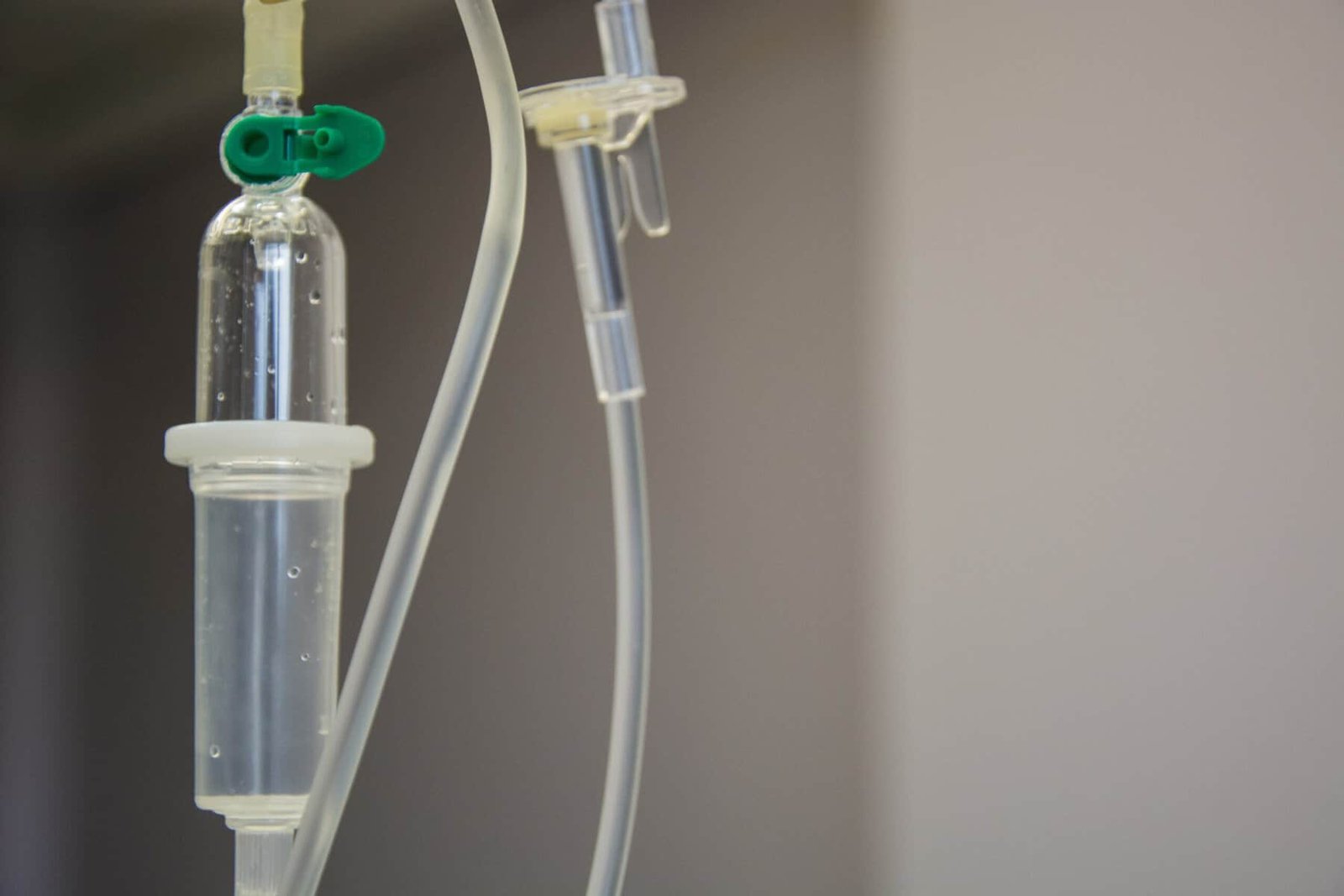Nopal, also known as prickly pear cactus, is a resilient plant that thrives in arid regions. However, like any plant, it requires the right balance of nutrients to grow and flourish. In this article, we will explore the signs that indicate when you may be overfertilizing your nopal. By understanding these signs, you can ensure that you provide your nopal with the optimal amount of nutrients, allowing it to thrive and bring beauty to your garden or landscape. So let’s dive in and discover the telltale signs of overfertilizing nopal!

Excessive growth
Rapid increase in height
When nopal plants are overfertilized, one of the signs you may notice is a rapid increase in height. The plants may shoot up much faster than usual, exceeding their normal growth rate. This excessive growth can be attributed to an abundance of nutrients, particularly nitrogen, which stimulates vegetative growth.
Lush and dense appearance
Another telltale sign of overfertilization in nopal is the lush and dense appearance of the plants. The pads may become thicker and more abundant, giving the overall plant a fuller and more compact look. While this may initially seem like a positive outcome, it can actually be detrimental to the health of the plant in the long run.
Thick and elongated pads
Overfertilizing nopal can also result in the development of thick and elongated pads. The intense nutrient availability encourages the pads to grow rapidly, often becoming elongated and stretched out. This can affect the structural integrity of the plant and make it more prone to bending and drooping.
Yellowing or browning of pads
Development of yellow or brown spots
When nopal plants receive an excessive amount of fertilizers, especially those high in nitrogen, it can lead to the development of yellow or brown spots on the pads. These spots may start small but can quickly spread and cover a significant portion of the pads if not addressed promptly. These discolorations are often an indication that the plant is experiencing nutrient imbalances or stress.
Overall discoloration
In addition to the development of spots, overfertilized nopal may exhibit overall discoloration. The pads may take on a yellow or brownish hue, indicating that they are not receiving the proper balance of nutrients. This can impact the plant’s ability to photosynthesize effectively and negatively affect its overall health.
Premature wilting or dehydration
Overfertilization can also cause the pads of nopal to wilt prematurely or become dehydrated. The excessive nutrients can disrupt the plant’s water balance and lead to water stress. As a result, the pads may appear droopy or shriveled, in spite of adequate watering. If this issue persists, it can seriously compromise the plant’s ability to thrive.

Leaf abnormalities
Curling or cupping of leaves
Abnormal leaf curling or cupping is a common symptom of overfertilization in nopal. The leaves may start to curl inwards or take on a cup-like shape, disrupting their natural form. This curling or cupping can hinder proper photosynthesis and nutrient absorption, further exacerbating the negative effects of overfertilization.
Abnormal leaf size
Overfertilized nopal plants may exhibit abnormal leaf sizes as a result of nutrient imbalances. The leaves may appear larger or smaller than usual, with irregular shapes and distorted edges. These abnormalities are indications that the plant is struggling to regulate its nutrient uptake and assimilation.
Misshapen or distorted leaves
Another sign of overfertilization in nopal is the presence of misshapen or distorted leaves. The excessive nutrients can disrupt the normal growth and development of the leaves, leading to unusual shapes or deformities. Such leaves are often weaker and more susceptible to diseases and pests, further compromising the plant’s overall health.
Weak stems
Bending or drooping stems
Overfertilization can weaken the stems of nopal plants, causing them to bend or droop under the weight of the pads. The excessive nutrients stimulate rapid growth, but the stems may not have the necessary strength to support the increased load. This can result in a visually unappealing appearance and may make the plant more vulnerable to damage.
Brittle or easily breakable stems
In addition to bending or drooping, overfertilized nopal stems can also become brittle and easily breakable. The excess nutrients may cause the stems to become weak and less structurally sound, making them more prone to breaking, particularly in windy or stormy conditions. Fragile stems can hinder the plant’s ability to grow and can even lead to the death of the plant if not addressed.
Inability to support the weight of pads
When nopal plants are overfertilized, their stems may struggle to support the weight of the pads. The pads may become too large, heavy, and numerous for the weakened stems to handle, resulting in the plant’s inability to stand upright. This can greatly impact the plant’s overall appearance and make it more susceptible to damage and disease.

Reduced fruit production
Decreased number of fruit
Overfertilization can negatively affect the fruit production of nopal plants. Instead of producing a healthy abundance of fruit, overfertilized plants may yield a decreased number of fruits. The excessive nutrients can disrupt the natural reproductive processes of the plant, leading to a diminished crop.
Smaller or underdeveloped fruit
In addition to producing fewer fruits, the fruits that do appear on overfertilized nopal plants may be smaller or underdeveloped. The imbalance in nutrients can impair the proper growth and maturation of the fruit, resulting in stunted fruit size and reduced quality.
Premature fruit drop
If nopal plants are overfertilized, you may notice a premature fruit drop. The fruits may fall off the plant before they have fully ripened or reached their optimal size. This can be a frustrating and disappointing outcome, as it significantly reduces the harvestable yield and overall quality of the crop.
Nutrient deficiencies
Excessive nitrogen resulting in phosphorus deficiency
Overfertilizing nopal plants with excessive nitrogen can lead to a phosphorus deficiency. While nitrogen promotes lush vegetative growth, an imbalance in the nitrogen-phosphorus ratio can hinder the plant’s ability to absorb and utilize phosphorus effectively. Phosphorus deficiency can manifest as slowed growth, weak stems, and reduced flowering and fruiting.
Excessive phosphorus resulting in potassium deficiency
Conversely, overfertilization with excessive phosphorus can result in a potassium deficiency in nopal plants. The high levels of phosphorus can inhibit the plant’s ability to uptake and utilize potassium efficiently. Potassium deficiency can lead to weakened stems, poor fruit production, and increased susceptibility to pests and diseases.
Imbalanced nutrient uptake
Overfertilization can disrupt the delicate balance of nutrient uptake in nopal plants. The excessive nutrients can interfere with the plant’s ability to absorb and assimilate other essential nutrients, leading to imbalances and deficiencies. This can impact various aspects of the plant’s growth and development, including leaf health, stem strength, and fruit production.
Root rot
Foul odor emanating from roots
One of the signs that nopal plants may be suffering from overfertilization is the presence of a foul odor emanating from the roots. Overfertilization can create an environment that is conducive to root rot, a fungal disease that affects the roots of the plant. The foul smell is often an indication of the decay and deterioration of the root system.
Soft and discolored roots
Overfertilized nopal plants may exhibit soft and discolored roots. The excessive nutrients can lead to root damage and decay, resulting in a weakened root system. The roots may appear mushy, slimy, or discolored, indicating that they are not able to function optimally.
Deterioration of root system
Over time, overfertilization can cause the deterioration of the root system in nopal plants. The excessive nutrients can disrupt the natural balance and health of the roots, leading to weakened and damaged root structures. As the root system deteriorates, the plant’s overall ability to absorb water and nutrients is compromised, ultimately impacting its overall health and survival.
Pest and disease susceptibility
Increased pest infestations
Overfertilized nopal plants may become more susceptible to pest infestations. The excessive nutrients can create a favorable environment for pests, attracting them to the plant. Additionally, weakened and stressed plants are less able to defend themselves against pests, making them more vulnerable to attack. Common pests that may target overfertilized nopal include aphids, mealybugs, and spider mites.
Higher susceptibility to fungal diseases
Overfertilization can also render nopal plants more susceptible to fungal diseases. The excess nutrients can disrupt the natural balance of the plant’s microbiome, allowing harmful fungi to proliferate. Fungal diseases such as powdery mildew, gray mold, and root rot can take hold in overfertilized plants, further compromising their health and vitality.
Weakened natural defense mechanisms
When nopal plants are overfertilized, their natural defense mechanisms may become weakened. The excess nutrients can impact the plant’s production of natural compounds and compounds that act as defenses against pests and diseases. This weakened defense system leaves the plant more vulnerable to attack and reduces its ability to fight off pathogens and pests effectively.
Environmental impact
Altered soil pH levels
Overfertilizing nopal plants can have a significant impact on soil pH levels. The excess nutrients can alter the pH balance of the soil, making it more acidic or alkaline than the ideal range for nopal growth. This can affect the availability of certain nutrients to the plant and impact its overall health and productivity.
Contamination of groundwater
The excessive use of fertilizers on nopal plants can result in the contamination of groundwater. When excess nutrients are applied to the soil, they can leach into the groundwater and potentially pollute drinking water sources. This poses a risk to both human health and the health of the ecosystem.
Harmful runoff into nearby water sources
Overfertilization can also result in harmful runoff into nearby water sources. When excessive fertilizers are applied, they can be washed away by rain or irrigation, entering rivers, lakes, and other bodies of water. This nutrient runoff can cause eutrophication, a process where excessive nutrients promote the growth of algae and other aquatic plants, leading to oxygen depletion and the degradation of water quality.
Economic implications
Increased fertilizer costs
Overfertilizing nopal plants can lead to increased fertilizer costs. Applying excessive amounts of fertilizers not only wastes resources but also requires larger quantities of fertilizers to maintain the nutrient balance. This can significantly impact the overall agricultural expenses for nopal producers.
Diminished crop quality
Overfertilization can result in diminished crop quality for nopal plants. The imbalances in nutrients and the negative effects on plant health can lead to smaller, underdeveloped, or discolored fruits. Diminished crop quality can make it more challenging to market and sell nopal products at the desired price point.
Reduced market value
In addition to diminished crop quality, overfertilization can also result in a reduced market value for nopal products. Consumers often look for high-quality, healthy produce, and overfertilized crops may not meet their expectations. This can impact the demand for and profitability of nopal products, negatively affecting the economic viability of nopal cultivation.
In conclusion, overfertilization of nopal plants can have a range of negative effects on their growth, health, and productivity. The signs of overfertilization include excessive growth, yellowing or browning of pads, leaf abnormalities, weak stems, reduced fruit production, nutrient deficiencies, root rot, increased pest and disease susceptibility, environmental impact, and economic implications. To avoid these issues, it is essential to practice proper fertilization techniques, including using the appropriate amount and type of fertilizers, monitoring soil nutrient levels, and regularly assessing the health of the plants. By maintaining a balanced and sustainable approach to fertilization, nopal growers can ensure the optimal growth and productivity of their plants while minimizing negative impacts on the environment and their economic viability.

